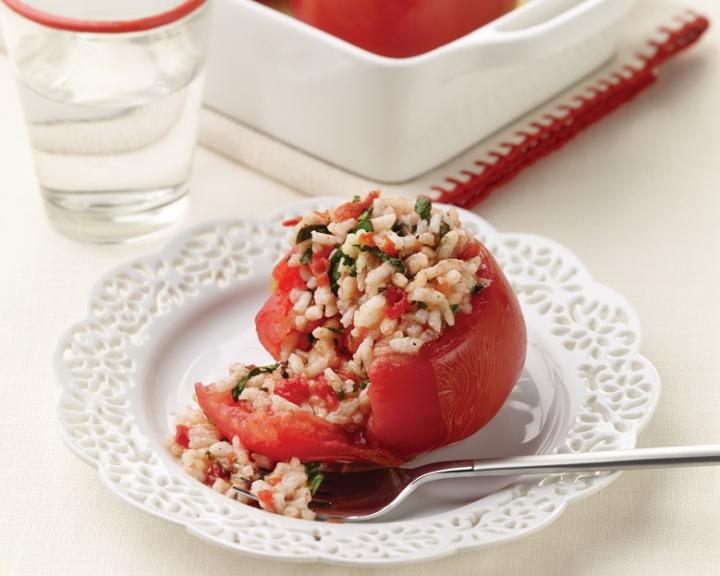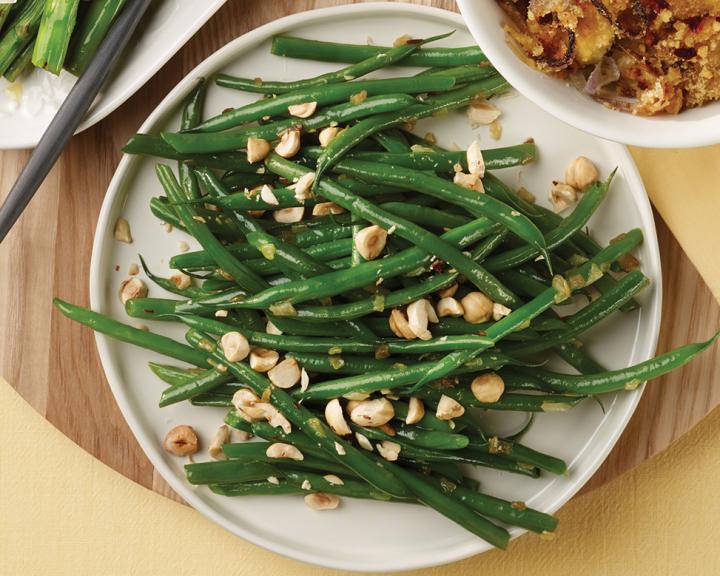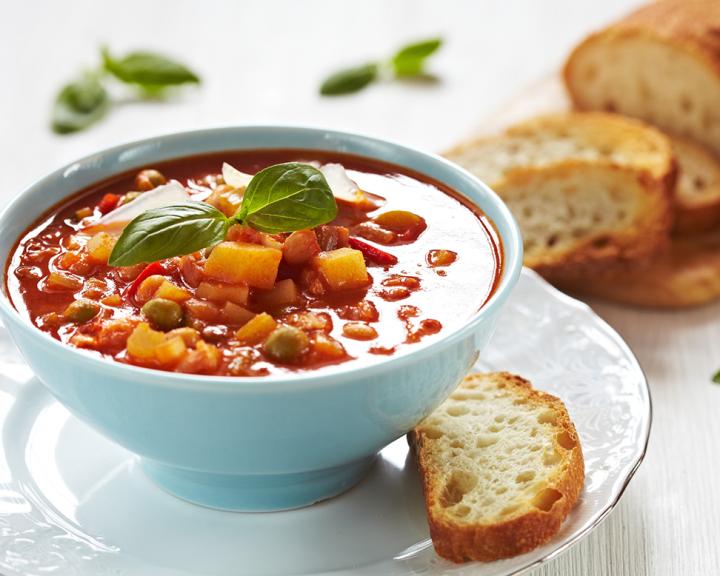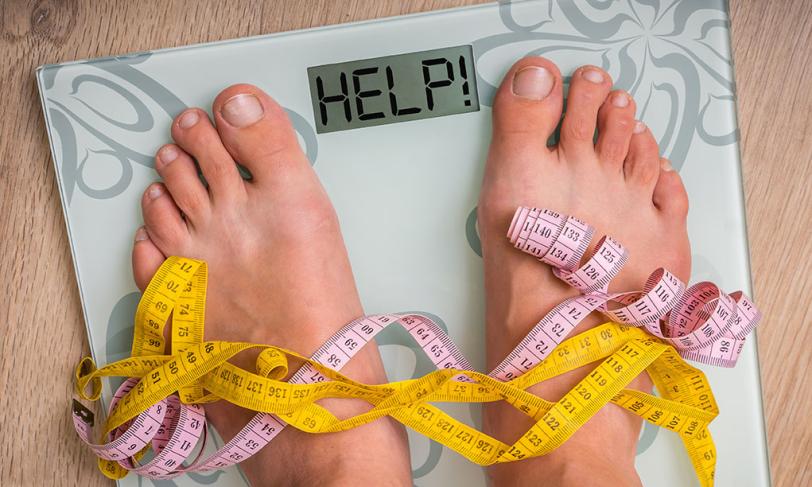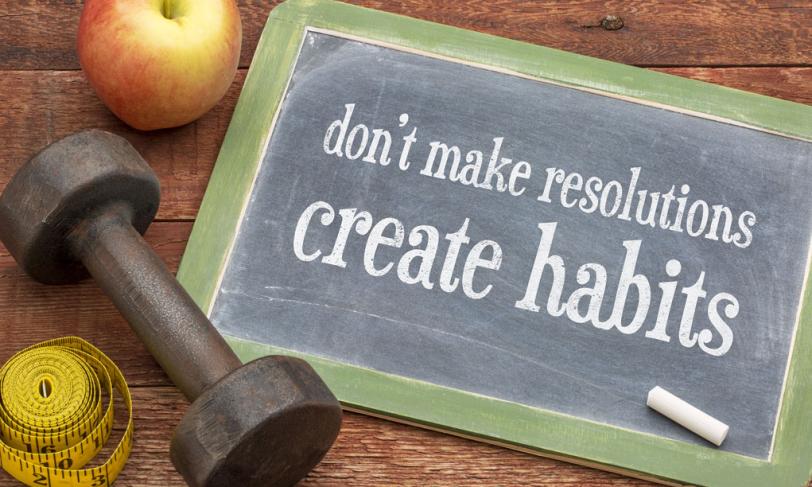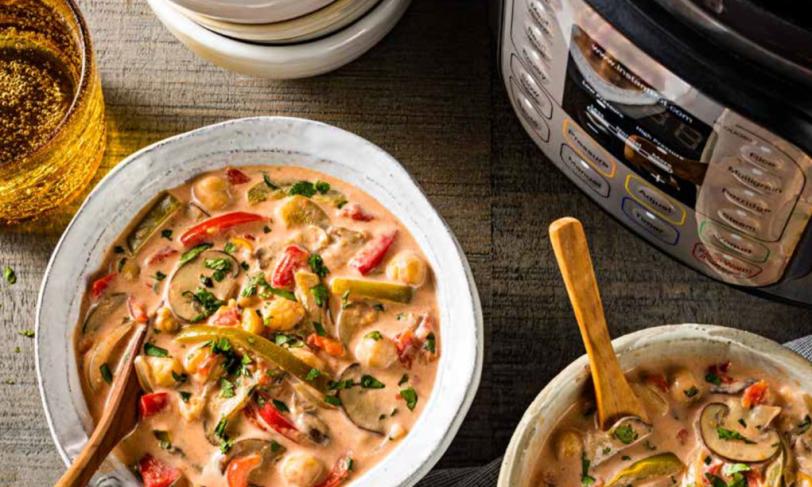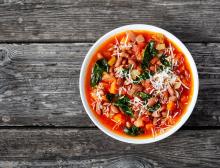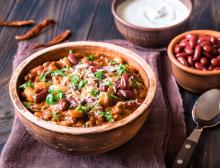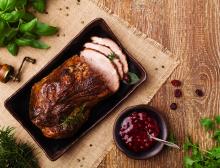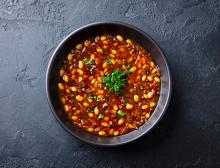When you’re diagnosed with type 2 diabetes or prediabetes, it’s easy to start imagining all the foods you’ll “never” be able to eat again. After all, you’ve heard that diet and weight loss are important for managing type 2 diabetes, so it’s natural to assume that means people with diabetes have to follow a strict diet.
It’s true that lifestyle changes like eating behaviors can help manage or prevent type 2 diabetes, but more and more research shows that “dieting” may not be the best strategy.
Why “Diets” Don’t Work
First of all, what do we mean by “diet”? Technically, a “diet” is just the foods that you typically eat every day. But most people think of a diet as a structured eating program that restricts certain foods or nutrients. And often when people “go on a diet” it’s considered a temporary change, usually with the goal of losing weight quickly.
Most people assume that dieting is the best way to lose weight. You probably know someone (maybe yourself) who “successfully” lost a lot of weight by going on a diet. But did the weight stay off?
Probably not—research shows that 95-98% of dieters regain that weight and up to two thirds regain even more. So it seems like dieting may not be the best strategy for long-term weight loss for most people.
Even worse, chronic dieting can cause stress and anxiety around eating, and even lead to disordered eating behaviors. People with diabetes may be uniquely at risk—research shows that “disordered eating behaviors may affect up to 40% of patients with type 2 diabetes mellitus.”
Getting out of the “diet mindset”
The “diet mindset” is believing in external rules about what you should and shouldn’t eat. It can create feelings of shame, guilt, anxiety, and deprivation, and make it harder to listen to your body’s internal signals of hunger, fullness, and satisfaction.
Try some of these strategies for getting out of the “diet mindset”:
Instead of classifying foods as “good” and “bad”: Think of foods as neutral. Eating a certain way does not make you a better or worse person, and there is no reason to feel shame or guilt for eating foods that you enjoy.
Instead of following rules about what you “can” and “can’t” eat: Learn how your body responds to different foods, and understand why you’re better off avoiding certain foods. Instead of telling yourself “I can’t eat this,” think “my blood glucose doesn’t respond as well to this food.”
Instead of counting calories: Let your body’s hunger and fullness cues guide how much you eat. Eat slowly and savor your food. Pause mid-meal to check your hunger level. Eat until you are comfortably satisfied, not until you are uncomfortably full.
Instead of measuring success based on numbers, such as body weight or A1C: Look for other victories like better mood, increased energy, better mobility, and improved sleep. Celebrate positive behavior changes.
Instead of letting eating feel like a burden: Practice mindful eating techniques such as eating slowly and savoring the taste, texture and aroma of the foods you are eating. This will allow you to regain the pleasure of food and have full satisfaction in your meals.
Instead of denying your cravings: Understand your cravings. Check your blood glucose when cravings hit: if it’s low, this may be a “physiological craving”—your body is telling you that it needs food. If is normal or high, it may be an “emotional craving.” Learn what triggers emotional cravings and develop strategies to manage them.
Instead of exercising to burn calories: Find ways to be active that feel good and that you genuinely enjoy. Think of physical activity as a celebration of the things your body can do, instead of punishment for the things it can’t do.
Takeaway
- Most people struggle to maintain a healthy weight through dieting, and the “diet mindset” can cause anxiety around food, depression, and low self-esteem.
- If you struggle with yo-yo dieting and food anxiety, Intuitive Eating and mindful eating practices may help you overcome this anxiety and adapt healthier behaviors.
Bonnie R. Giller is a Registered Dietitian Nutritionist, Certified Diabetes Educator and Certified Intuitive Eating Counselor. Learn more about Bonnie at BRGHealth.com. Find more Intuitive Eating tips on her blog.

